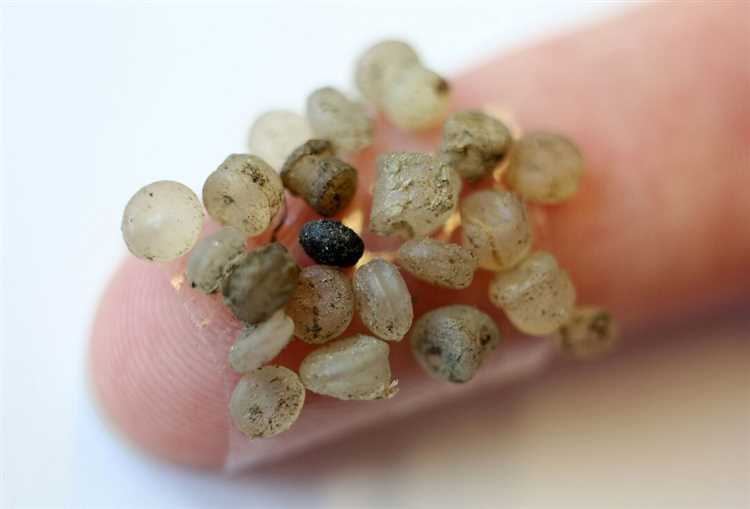
Microplastics are tiny pieces of plastic less than 5mm in size that are found in our environment, from the air we breathe to the water we drink. These microplastics can come from various sources, such as broken down plastics from larger objects, microbeads in personal care products, or fibers from synthetic clothing.
With the increasing amount of plastic pollution in the environment, concerns have been raised about the potential health effects of microplastics on humans. One area that has received attention is whether microplastics can be excreted in our feces.
Research has shown that microplastics can indeed be found in human feces. In a study conducted by scientists, stool samples from participants around the world were examined, and microplastics were detected in all of them. This suggests that the ingestion of microplastics is widespread and that our bodies are capable of eliminating them through the digestive system.
- Microplastics and human feces: Can we excrete microplastics?
- Microplastics in the environment and human consumption
- The presence of microplastics in human feces
- Understanding microplastics
- Sources of microplastics
- The potential health risks
- The presence of microplastics in our environment
- Microplastics in food and water
- Potential health risks
- Conclusion
- The potential health effects of ingesting microplastics
- Can microplastics be excreted in human feces?
- Health implications
- Reducing microplastic exposure
- Current research on microplastics in feces
- Q&A:
- How do we excrete microplastics?
- Are microplastics found in human feces?
- What are microplastics?
- Why is it concerning that we excrete microplastics?
Microplastics and human feces: Can we excrete microplastics?
Microplastics are tiny pieces of plastic that measure less than 5 millimeters in size. They can be found in a variety of sources, including consumer products, industrial waste, and the breakdown of larger plastic items. As concerns about microplastics and their impact on the environment and human health have grown, researchers have been studying their presence in various parts of the human body, including feces.
Microplastics in the environment and human consumption
The widespread use and improper disposal of plastics has led to the contamination of the environment with microplastics. These tiny particles can be ingested by marine animals and make their way up the food chain, eventually reaching humans through the consumption of seafood and other products.
The presence of microplastics in human feces
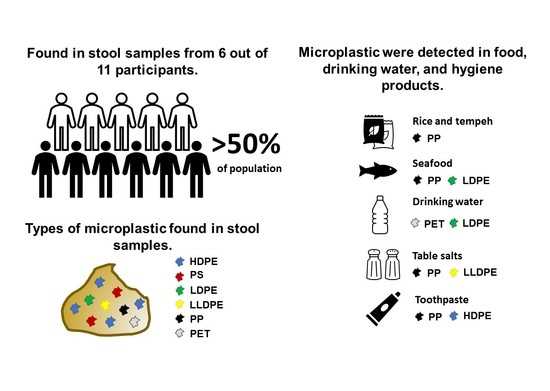
Several studies have detected the presence of microplastics in human feces, suggesting that these particles can pass through the digestive system and be excreted. Researchers have found various types of microplastics in fecal samples, including fibers, fragments, and films. The exact mechanisms by which microplastics are excreted are still not fully understood, but it is suspected that they may pass through the gut unchanged or be altered by the digestive process.
It is important to note that the presence of microplastics in feces does not necessarily indicate a direct threat to human health. More research is needed to understand the potential risks associated with the ingestion and excretion of microplastics. Additionally, the amount of microplastics found in feces varies between individuals, suggesting that factors such as diet, lifestyle, and exposure levels may play a role in their presence.
Overall, while the presence of microplastics in human feces is a concerning issue, further studies are needed to fully understand the implications for human health. It highlights the need for better waste management practices to reduce the release of microplastics into the environment and minimize their potential impacts on both ecosystems and human health.
Understanding microplastics
Microplastics are tiny particles of plastic measuring less than 5 millimeters in size. They can be found in a variety of sources, including industrial waste, cosmetics, clothing, and marine debris. These particles can come from the breakdown of larger plastic items or from the release of small plastic beads used in manufacturing.
Microplastics are a growing concern due to their potential impact on the environment and human health. In the environment, microplastics can accumulate in soil and water, posing a threat to wildlife and ecosystems. They have been found in various organisms, from plankton to large marine mammals.
Sources of microplastics
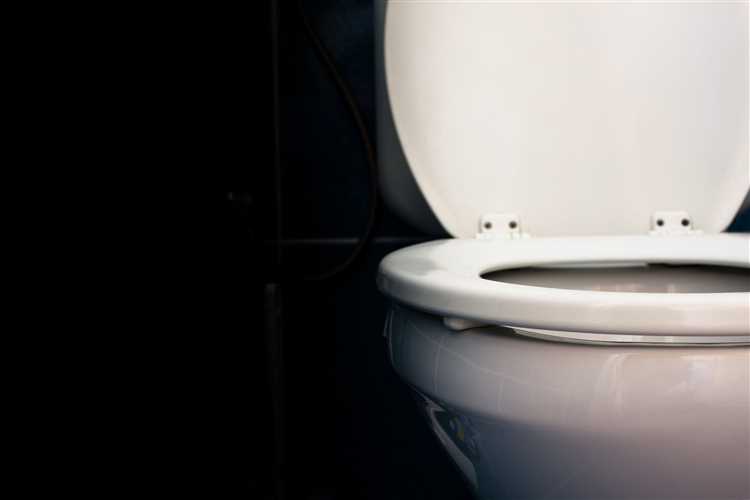
- Industrial waste: Industries that produce or use plastic materials can generate significant amounts of microplastics through their manufacturing and disposal processes.
- Cosmetics and personal care products: Many cosmetics and personal care products contain microbeads, tiny plastic particles used for exfoliating or scrubbing. When washed down the drain, these microbeads can end up in water bodies.
- Clothing and textiles: Synthetic fabrics such as polyester release microfibers when washed. These microfibers can then enter water systems and accumulate in the environment.
- Plastic pollution: Plastics that end up in the oceans can break down into smaller and smaller pieces over time, eventually becoming microplastics.
The potential health risks
While the full extent of the health risks associated with microplastics is still being studied, there are concerns about their potential effects on human health. Microplastics can enter the human body through various routes, including ingestion, inhalation, and absorption through the skin. They have been found in human tissues, such as the gastrointestinal tract, lungs, and liver.
Some studies suggest that microplastics may have the potential to accumulate toxic chemicals and serve as carriers for harmful pollutants. There are concerns that long-term exposure to microplastics could lead to inflammation, oxidative stress, and other adverse effects on human health.
Further research is needed to better understand the risks and potential consequences of microplastic exposure. Efforts are also underway to develop new technologies and strategies to mitigate the release and impact of microplastics on the environment.
The presence of microplastics in our environment
Microplastics, tiny particles of plastic measuring less than 5 millimeters in size, have become a pervasive presence in our environment. These microplastics can originate from various sources, such as the breakdown of larger plastic items, the shedding of microfibers from synthetic clothing, or the disintegration of microbeads found in personal care products.
One of the main concerns surrounding the presence of microplastics is their ability to persist in the environment for hundreds of years. These tiny particles do not easily degrade and can accumulate in various ecosystems, including oceans, rivers, and even soil. The widespread contamination of microplastics has led to their detection in a wide range of organisms, from plankton to large marine mammals.
The impact of microplastics on the environment and organisms is still not fully understood. However, research suggests that they can have detrimental effects on marine life, including ingestion and entanglement. Additionally, microplastics can act as carriers for other pollutants, such as heavy metals and persistent organic pollutants, potentially magnifying their effects on organisms.
Efforts are being made to mitigate the presence of microplastics in our environment. Governments and organizations are implementing regulations to ban certain types of microplastics, such as microbeads in personal care products. Additionally, there is a growing interest in developing more sustainable alternatives to conventional plastics and promoting responsible waste management practices.
It is crucial to continue research and monitoring efforts to better understand the extent of microplastic contamination and its impact on our environment. By raising awareness and taking collective action, we can work towards reducing the presence of microplastics and creating a healthier and more sustainable environment for future generations.
Microplastics in food and water
Microplastics, small particles of plastic less than 5 millimeters in size, are increasingly being detected in our environment, including in food and water sources. These tiny plastic fragments come from a variety of sources, such as the breakdown of larger plastics, fibers released from synthetic clothing, and microbeads used in personal care products.
Research has shown that microplastics can enter the food chain through various pathways. In marine environments, organisms such as fish and shellfish can ingest microplastics directly from contaminated water or by consuming smaller organisms that have already ingested them. This means that seafood, including fish, mollusks, and crustaceans, can contain microplastics.
In addition to seafood, microplastics have also been found in other food and drink items. For example, studies have detected microplastics in drinking water, both bottled and tap, as well as in honey, salt, and even beer. It’s important to note that the levels of microplastics found in these food and drink items are generally quite low, but the long-term effects of regular consumption are still not well understood.
Potential health risks
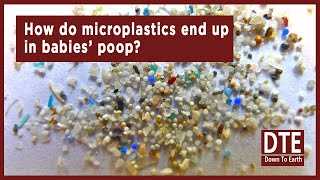
The presence of microplastics in food and water has raised concerns about potential health risks. While more research is needed to fully understand the implications, some studies suggest that microplastics could have negative effects on human health.
One concern is that microplastics may act as carriers for harmful chemicals and pollutants. These small particles have a large surface area and can adsorb and transport toxins from the environment. When consumed, these microplastics could release these toxic substances in the body, potentially causing harm.
Another concern is the physical impact of microplastics on the human body. The small size and sharp edges of these particles may cause digestive and respiratory irritation, and could potentially damage organs over time. However, more research is needed to determine the exact health effects of microplastics and the levels at which they may become harmful.
Conclusion
Microplastics are being found in food and water sources, raising concerns about potential health risks. While the levels of microplastics found in these sources are generally low, the long-term effects of regular consumption are still not fully understood. More research is needed to determine the exact health implications and to develop strategies for reducing microplastic pollution and its impact on our food and water supplies.
The potential health effects of ingesting microplastics
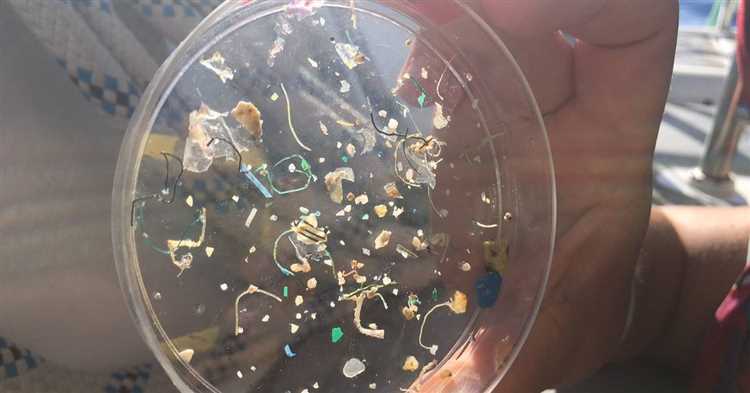
As the presence of microplastics in our environment and food sources becomes more concerning, researchers are investigating the potential health effects of ingesting these tiny particles.
While the full extent of the health impacts is still being studied, several potential concerns have been identified:
- Microplastics can accumulate toxic chemicals: Microplastics have the ability to absorb and accumulate toxic chemicals from the surrounding environment. These chemicals include persistent organic pollutants (POPs) and heavy metals, which are known to have harmful effects on human health.
- Possible damage to the gastrointestinal system: Ingesting microplastics can lead to damage in the gastrointestinal system. The sharp edges of fragmented microplastics may cause abrasions or lacerations in the digestive tract, potentially leading to inflammation or other gastrointestinal disorders.
- Disruption of gut microbiota: The presence of microplastics in the intestines can disrupt the balance of gut microbiota, which plays a crucial role in overall health. An imbalance in the gut microbiota has been linked to a variety of health issues, including metabolic disorders, immune dysfunction, and mental health disorders.
- Potential transfer of microplastics to organs: It is not yet fully understood whether microplastics can migrate from the gastrointestinal tract to other organs in the body. If they do, they could potentially cause damage and inflammation in organs such as the liver, kidneys, and lungs.
While more research is needed to fully understand the health effects of ingesting microplastics, the current findings suggest that there may be cause for concern. Minimizing the presence of microplastics in our environment and food sources is crucial to protecting human health.
Can microplastics be excreted in human feces?
Microplastics, tiny pieces of plastic less than 5mm in size, have become a global environmental concern due to their widespread presence in the environment, including in marine and freshwater ecosystems. One emerging question is whether microplastics can be excreted in human feces.
Several studies have been conducted on this topic, and the results suggest that yes, microplastics can be excreted in human feces. In a study published in the journal Environmental Science & Technology, researchers analyzed human fecal samples from individuals across different countries and found microplastics present in all of them. The most common type of microplastic detected was polypropylene, which is commonly used in packaging materials.
The exact mechanism by which microplastics are excreted in feces is still not fully understood. It is believed that the human gastrointestinal tract may not fully break down certain types of microplastics, allowing them to pass through the digestive system and be excreted. Additionally, some microplastics may be ingested through food and water contaminated with these particles.
Health implications
The potential health implications of excreting microplastics in feces are still being studied. While ingestion of microplastics has been linked to negative effects on marine organisms, such as reduced feeding and reproduction, the impact on human health is less clear. Some studies have suggested that microplastics could potentially accumulate in the human body and cause inflammation or other harmful effects, but more research is needed to fully understand the risks.
Reducing microplastic exposure
To reduce microplastic exposure, it is important to minimize the use of single-use plastics and opt for more sustainable alternatives. This includes using reusable bags, bottles, and containers, as well as avoiding products with microbeads, which are tiny plastic particles commonly found in personal care products. Recycling and proper waste management practices are also crucial in preventing microplastics from entering the environment.
In conclusion, microplastics can indeed be excreted in human feces. While the health implications are not yet fully understood, it is important to continue studying the potential risks and taking steps to reduce microplastic pollution to protect both the environment and human health.
Current research on microplastics in feces
There is growing concern about the presence of microplastics in the environment and their potential impact on human health. As a result, various research studies have been conducted to investigate the occurrence and quantification of microplastics in feces.
One study published in the journal Environmental Science & Technology in 2018 analyzed the fecal samples of individuals from different countries and found that all the samples contained microplastics. The most commonly identified type of microplastic was polyethylene terephthalate (PET), which is commonly used in plastic bottles.
Another study published in the same journal in 2020 examined the presence of microplastics in the feces of children and adults. The study found that microplastics were present in all fecal samples, with an average of 20 particles per 10 grams of stool. The most common types of microplastics detected were polypropylene and polyethylene.
Furthermore, a study published in Nature Food in 2021 analyzed the fecal samples of individuals who regularly consumed seafood. The study found that these individuals had a higher concentration of microplastics in their feces compared to non-seafood consumers. The most prevalent type of microplastic detected in these samples was polystyrene, a plastic commonly used in food packaging.
While these studies provide evidence of the presence of microplastics in feces, further research is needed to determine the potential health risks associated with the ingestion of microplastics. The long-term effects of microplastic exposure on human health are still unclear, and more comprehensive studies are required to understand the bioavailability and toxicity of microplastics in the human body.
Q&A:
How do we excrete microplastics?
We excrete microplastics through our feces.
Are microplastics found in human feces?
Yes, microplastics have been found in human feces, suggesting that we can excrete them.
What are microplastics?
Microplastics are small plastic particles less than 5mm in size that can be found in various products and environments.
Why is it concerning that we excrete microplastics?
It is concerning because microplastics can have harmful effects on human health and the environment, and the fact that we excrete them means that they can potentially spread further and enter different ecosystems.